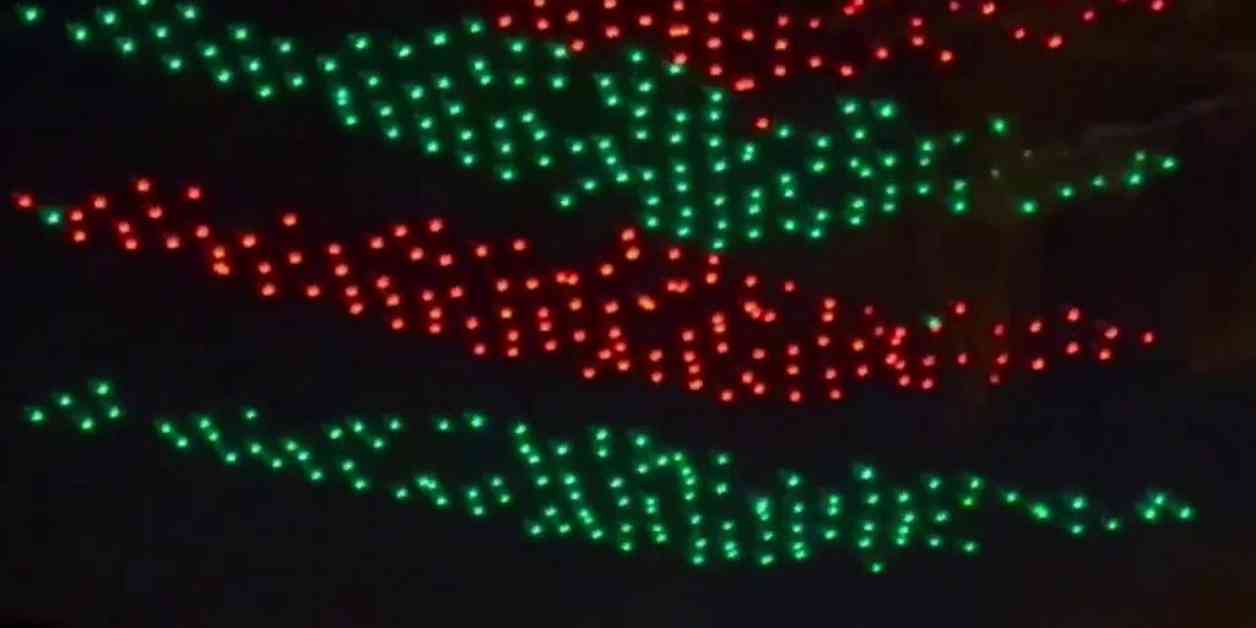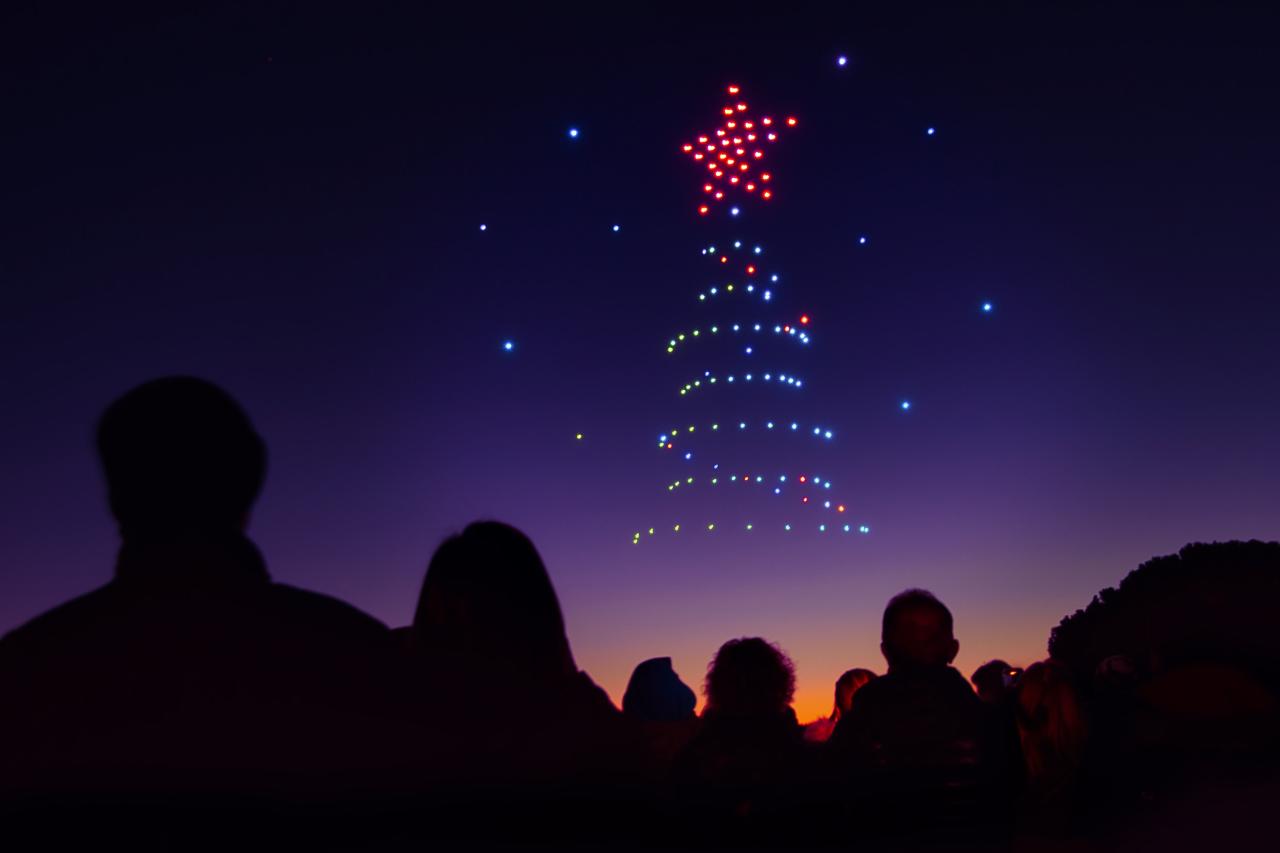Florida drone accidents are on the rise, posing significant challenges regarding safety, legality, and environmental impact. This analysis delves into the various types of drone accidents occurring in Florida, examining their causes, consequences, and preventative measures. We will explore the legal framework governing drone operation, the role of technology, and the crucial aspects of insurance and financial responsibility.
From collisions and malfunctions to weather-related incidents and software glitches, we’ll dissect the multifaceted nature of these accidents. The impact on both the environment and human life will be thoroughly examined, along with strategies for minimizing future occurrences. Understanding these factors is crucial for responsible drone operation in Florida’s unique landscape.
Recent reports of a Florida drone accident highlight the increasing need for stringent safety regulations in drone operation. These incidents, while often isolated, underscore the broader concerns surrounding drone safety, especially in light of large-scale events. For instance, the complexities involved are evident in reviewing accounts of a drone show accident , which emphasizes the importance of robust safety protocols.
Ultimately, preventing future Florida drone accidents requires a multifaceted approach, encompassing both technological advancements and improved regulatory frameworks.
Florida Drone Accidents: A Comprehensive Overview

The increasing popularity of drones in Florida, driven by tourism, real estate, and various commercial applications, has unfortunately led to a rise in drone-related accidents. Understanding the types of accidents, legal implications, preventative measures, and the environmental impact is crucial for ensuring safe and responsible drone operation within the state.
Types of Florida Drone Accidents

Florida’s diverse landscape and weather patterns contribute to a variety of drone accidents. These incidents can range from minor malfunctions to serious collisions, each with unique causes and consequences. The following table categorizes common accident types, their estimated frequency, contributing factors, and recommended safety measures.
| Accident Type | Frequency (Estimated) | Common Causes | Safety Measures |
|---|---|---|---|
| Collisions (with objects or people) | High | Pilot error (loss of visual line of sight, poor spatial awareness), obstacles (trees, buildings), strong winds | Maintain visual line of sight, use obstacle avoidance systems, fly in open areas with minimal obstacles, check weather conditions |
| Malfunctions (mechanical or electronic) | Moderate | Battery failure, GPS signal loss, motor failure, software glitches | Regular pre-flight checks, use high-quality batteries, fly within GPS range, have backup systems |
| Weather-related incidents | Moderate | Strong winds, rain, lightning strikes | Check weather forecasts before flying, avoid flying in adverse weather conditions, land immediately if weather deteriorates |
| Loss of Control | High | Pilot inexperience, radio interference, sudden gusts of wind | Proper pilot training, use of appropriate safety features, understanding local airspace regulations |
The severity of these accidents varies greatly. Collisions can result in significant property damage, injuries, and even fatalities. Malfunctions can lead to drone loss and potential damage to surrounding areas. Weather-related incidents often result in damaged drones, and in extreme cases, pose risks to human safety. The environmental impact, as discussed later, is also a significant concern.
Legal and Regulatory Aspects of Drone Accidents in Florida, Florida drone accident
Drone operation in Florida is governed by both federal (FAA) and state regulations. Liability in accident scenarios is a complex issue, often determined by the cause of the accident and the pilot’s adherence to regulations. Reporting procedures are crucial for investigations and subsequent legal actions.
Florida drone pilots must comply with FAA Part 107 regulations, which cover registration, licensing, airspace restrictions, and operational limitations. State laws may also impose additional restrictions or liabilities. Reporting a drone accident typically involves contacting the FAA and local law enforcement, depending on the severity of the incident and whether property damage or injuries occurred.
A flowchart illustrating the legal procedures following a drone accident would begin with the accident report, followed by an FAA investigation, insurance claim processing, and potential legal action (civil lawsuits or criminal charges if negligence is involved). The complexity of the process depends on the severity of the accident and the involvement of multiple parties.
Drone Accident Prevention Strategies

Safe drone operation requires careful planning, proper training, and adherence to best practices. A proactive approach to safety minimizes the risk of accidents and their associated consequences.
Recent news reports highlight a concerning increase in drone-related incidents. The Florida drone accident, involving a near-miss with a passenger plane, underscores the growing need for stricter regulations. This incident prompts comparisons to other high-profile drone events, such as the recent kazan drone attack , which further emphasizes the potential for misuse of this technology. Ultimately, improving drone safety protocols is crucial to prevent future accidents, both large and small, in Florida and elsewhere.
- Always check weather conditions before and during flight.
- Be aware of airspace restrictions and avoid flying near airports or other restricted areas.
- Maintain visual line of sight with your drone at all times.
- Avoid flying near power lines, tall buildings, or other potential hazards.
- Conduct thorough pre-flight checks, including battery condition, GPS signal, and overall drone functionality.
- Obtain proper pilot training and certification (FAA Part 107).
- Fly responsibly and ethically, respecting the privacy and safety of others.
Pre-flight checks are paramount. Failing to ensure the drone’s systems are functioning correctly significantly increases the risk of malfunctions and accidents. Similarly, proper pilot training equips operators with the knowledge and skills to handle unexpected situations and avoid potentially hazardous scenarios.
Technological Factors Contributing to Drone Accidents
Technological failures contribute significantly to drone accidents. These failures can stem from various sources, impacting both the drone’s hardware and software components.
| Drone Model (Example) | Reported Accident Rate (Estimated) | Common Malfunctions |
|---|---|---|
| DJI Mavic 3 | Low | GPS signal interference, occasional software glitches |
| Autel Evo II | Moderate | Battery issues, occasional sensor malfunctions |
| Smaller, less-expensive models | High | Motor failures, frequent communication issues |
This data is illustrative and based on anecdotal evidence and online reports. Accurate accident rate data is difficult to obtain comprehensively. Software glitches, hardware defects, and communication issues are frequently cited as causes of drone malfunctions leading to accidents.
Impact of Drone Accidents on the Florida Ecosystem
Drone accidents can have a detrimental effect on Florida’s delicate ecosystem. Collisions with wildlife, habitat disturbance, and the potential for pollution from drone components are significant concerns.
For example, a drone crashing into a nesting area could disturb or injure birds, impacting their breeding success. Similarly, a drone falling into a sensitive wetland could introduce pollutants into the water. Preventative measures include avoiding flights over sensitive habitats, selecting appropriate flight locations, and promptly retrieving any crashed drone components.
Recent reports of a Florida drone accident highlight the increasing concerns surrounding unmanned aerial vehicles. The incident underscores the need for stricter regulations, especially considering similar events elsewhere, such as the recent kazan drone attack , which further emphasizes the potential for misuse. Understanding the complexities of these incidents in both Florida and internationally is crucial for improving safety protocols and preventing future accidents.
Insurance and Financial Implications of Drone Accidents

Drone insurance is crucial to mitigate the financial risks associated with accidents. Various types of insurance policies are available, offering different levels of coverage.
Policies typically cover liability for property damage or injuries caused by the drone, as well as damage to the drone itself. The financial responsibilities of drone pilots extend to repair costs, compensation for damages, and potential legal fees. Choosing a policy with adequate coverage is essential, considering the potential costs involved in accident scenarios. The cost and coverage of policies vary widely depending on the drone’s value, the pilot’s experience, and the type of operations being conducted.
Safe and responsible drone operation in Florida requires a comprehensive understanding of the relevant laws, potential hazards, and preventative measures. By adhering to best practices, undergoing proper training, and utilizing appropriate insurance, drone pilots can significantly mitigate the risk of accidents. Continued technological advancements and stricter regulations will further enhance safety, ensuring the responsible and sustainable use of drones in this dynamic environment.
FAQ Explained: Florida Drone Accident
What is the penalty for operating a drone illegally in Florida?
Penalties can vary depending on the violation, ranging from fines to jail time. It’s crucial to understand and comply with all FAA and state regulations.
How do I report a drone accident in Florida?
Report the accident to the FAA and local law enforcement. Document the incident with photos and videos if possible.
What type of insurance is recommended for drone operators in Florida?
Liability insurance is crucial to cover potential damages or injuries caused by your drone. Consult with an insurance provider specializing in drone coverage.
Are there specific airspace restrictions for drones in Florida?
Yes, airspace restrictions exist near airports, military bases, and other sensitive areas. Check FAA airspace maps before flying.
